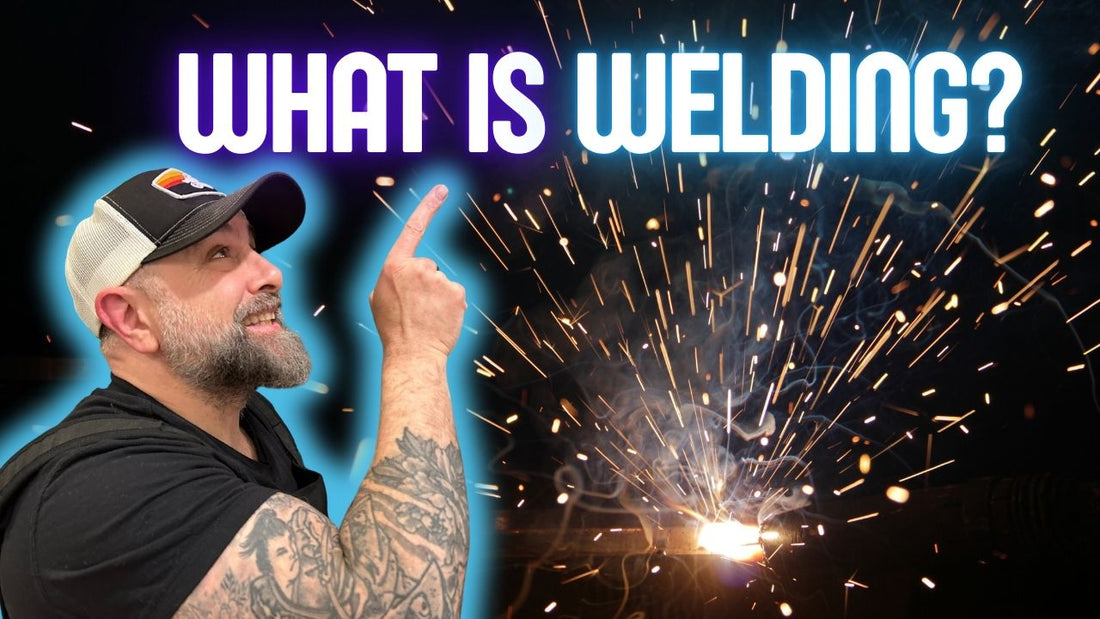Welding is a fundamental process that plays a critical role in manufacturing, construction, and various other industries. Whether you're working on an automotive project, contributing to aerospace advancements, or engaging in creative metalwork, welding is a skill that bridges the gap between raw materials and finished products.
What is Welding?
Welding involves joining materials—typically metals or thermoplastics—by heating them to a molten state, allowing them to cool and fuse together. This process results in a strong, durable bond, making welding indispensable in many fields, from construction to artistic endeavors.
The Basics of Welding
At its core, welding involves three main components:
-
Heat Source: The heat required to melt the material can come from various sources, such as an electric arc, a gas flame, or a laser beam.
-
Filler Material: In many welding processes, a filler material is added to the joint to enhance the bond. This material melts along with the base materials and solidifies to form a strong connection.
-
Shielding: Shielding is necessary to protect the molten weld from atmospheric contamination. This can be achieved using gases, flux, or a combination of both.
Types of Welding
There are several welding processes, each designed for specific applications and materials. Some of the most common techniques include:
-
Arc Welding: Uses an electric arc to generate heat, melting the material and filler rod to create a weld.
-
MIG Welding (Metal Inert Gas): Utilizes a continuous wire feed as an electrode and a shielding gas to protect the weld from contamination.
-
TIG Welding (Tungsten Inert Gas): Employs a non-consumable tungsten electrode and an inert gas, such as argon, to shield the weld area.
-
Spot Welding: A type of resistance welding that joins two material surfaces by applying pressure and passing a current through the metal.
-
Laser Welding: Uses a laser to create high-precision welds with minimal heat distortion.
-
Oxy-Acetylene Welding: This process involves burning a mixture of oxygen and acetylene gas to create a flame hot enough to melt and join metals. It is widely used for cutting, welding, and brazing materials, making it a versatile tool in metal fabrication and repair.
- Welding is more than just a technique; it's a vital process that supports modern industry and manufacturing. By understanding the different types of welding and their applications, you can appreciate the skill and precision required to create the structures and products that form the backbone of our daily lives.

